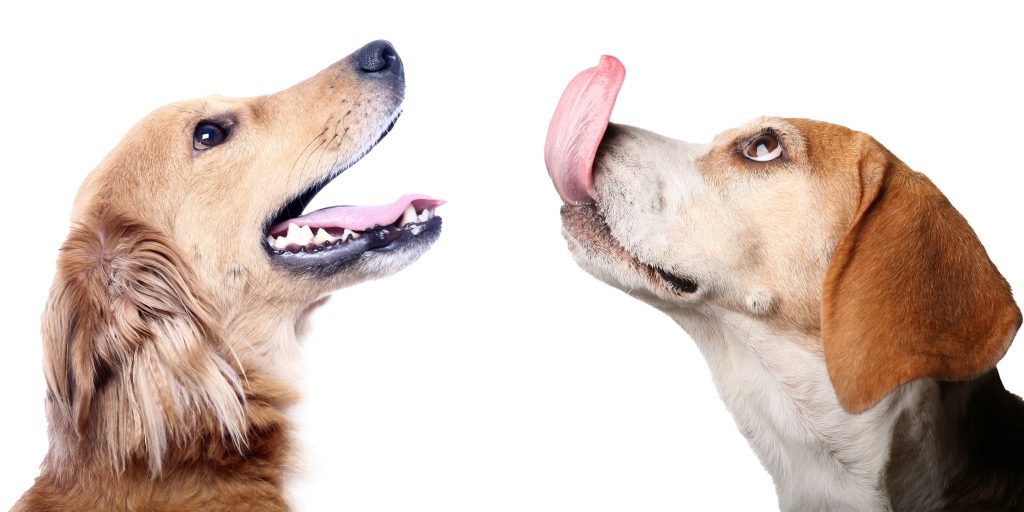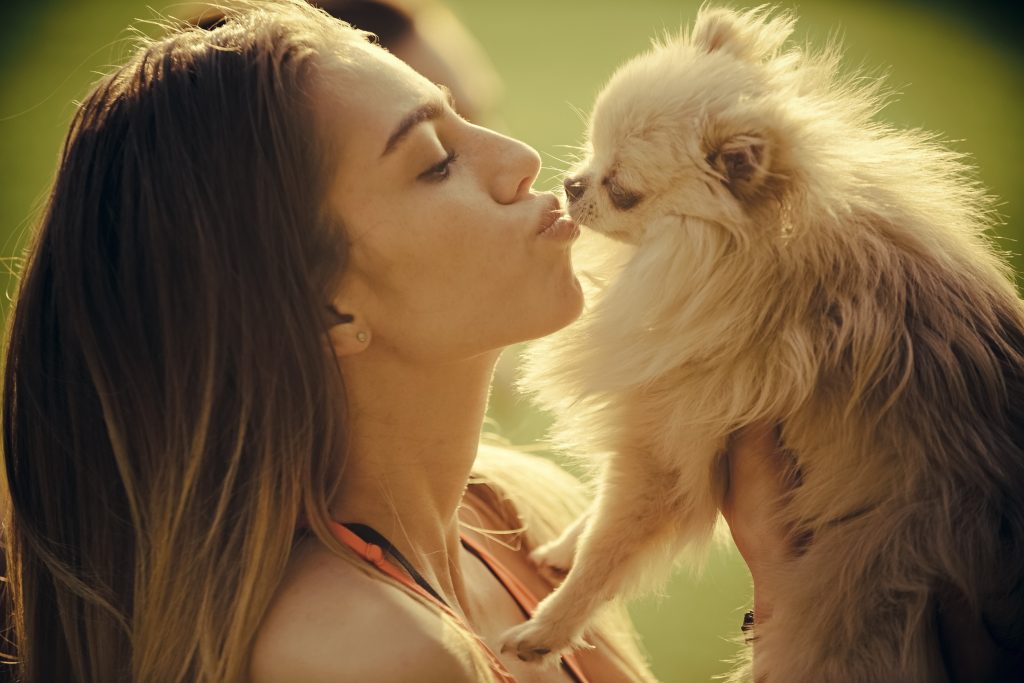
We all cherish the sloppy, affectionate kisses from our canine companions; they are a universal sign of the incredible bond we share. But when that loving lick meets an open wound—be it a simple paper cut, a scraped knee, or a surgical incision—a hidden world of microbes comes into play. While our immune systems are typically robust, they can be overwhelmed when bacteria are introduced directly into the bloodstream. Understanding the potential dog lick dangers is not about fear, but about informed care for both you and your beloved pet. This guide uncovers ten terrifying risks that could be hiding in your dog’s saliva.
1. Capnocytophaga Canimorsus Infection
This bacterium is a normal resident in the mouths of healthy dogs and cats, causing them no harm whatsoever. However, if transferred to a human through a lick on an open wound, it can cause a severe and life-threatening illness. Symptoms often begin with blisters, redness, fever, and pain at the wound site before progressing rapidly. For individuals with weakened immune systems, the risk escalates dramatically, potentially leading to sepsis and organ failure. This single organism represents one of the most severe potential outcomes of a seemingly innocent lick.
2. Pasteurella Bacteria
Pasteurella is another common bacterium found in the mouths of over 75% of dogs and is a leading cause of infection from animal bites and scratches. When introduced into broken skin via a lick, it can cause a painful skin infection called cellulitis. The area may become red, swollen, and tender to the touch within hours of exposure. Left untreated, the infection can spread to nearby joints, bones, or even the bloodstream. Seeking prompt medical attention is crucial if you notice these signs after a dog licks your wound.
3. Staphylococcus Aureus (Staph)
Staph bacteria, including the antibiotic-resistant strain MRSA, can be carried in a dog’s mouth and transferred to humans. While many staph infections are minor, they have the potential to become serious if they enter deep into the body. These bacteria can cause painful abscesses, boils, and skin infections that require medical draining and antibiotics. The transfer of MRSA is a particular concern, as it complicates treatment and poses a significant health risk. This is a clear example of why allowing a dog to “clean” your wound is a dangerous myth.
4. E. coli and Salmonella

We often forget that a dog’s tongue is used for grooming their entire body, including areas that harbor fecal bacteria. This means pathogens like E. coli and Salmonella can easily be present in their saliva. If these bacteria enter an open wound, they can cause localized infections and gastrointestinal distress if inadvertently ingested. Symptoms to watch for include fever, cramps, and diarrhea, compounding the initial wound injury. This highlights the importance of washing any licked area on your body immediately, wound or not.
5. Ringworm Transmission
Despite its name, ringworm is not a worm but a contagious fungal infection that can be carried by dogs. It presents as a red, itchy, circular rash on the skin and is easily transmitted through direct contact. A dog licking an open wound provides the perfect moist environment for this fungus to take hold and thrive. The infection is often stubborn and requires specific antifungal treatments to resolve. Keeping your pet’s skin health in check is one way to mitigate this risk.
6. Parasitic Infections
Microscopic parasites, such as Giardia and hookworm or roundworm eggs, can also be present in a dog’s saliva. While more commonly associated with ingesting contaminated feces, these parasites can contaminate a wound. This can lead to skin irritation and, in rare cases, more complicated internal issues. This is one of the more overlooked dog lick dangers, as the focus is often solely on bacteria. Regular deworming for your pet is an essential preventative measure for their health and yours.
7. Sepsis
Sepsis is not an infection itself but a life-threatening overreaction by the body to an existing infection. When bacteria from a dog’s lick enter the bloodstream through a wound, the body’s immune response can spiral out of control. This cascade leads to widespread inflammation, causing blood clots and leaky blood vessels that damage organs. This condition is a medical emergency and stands as the most terrifying of all dog lick dangers.
8. Tetanus Risk
While tetanus is more famously associated with puncture wounds from rusty nails, the Clostridium tetani bacterium lives in soil, dust, and manure. A dog that has been playing outside can easily pick up these spores in its mouth. If it then licks an open wound, it can introduce the bacterium that causes tetanus, or “lockjaw.” This serious condition affects the nervous system, leading to painful muscle contractions. Ensuring your tetanus vaccination is up to date is a critical safeguard.
9. Allergic Reactions
Beyond germs and parasites, some individuals are simply allergic to proteins found in dog saliva. For most, this results in mild hives or a rash on intact skin after being licked. However, when that saliva enters an open wound, the allergic reaction can be more severe and localized. It can increase inflammation, delay healing, and cause significant discomfort and itching around the already-injured area.
10. Delayed Wound Healing
Even if a major infection doesn’t develop, the sheer volume of bacteria introduced by a dog’s lick can disrupt the healing process. Your body’s resources are diverted to fighting off these low-level invaders instead of focusing on repairing tissue. This can lead to prolonged healing times, increased scarring, and a greater window of opportunity for a more serious infection to set in. Properly cleaning and covering any wound is the best way to ensure it heals quickly and cleanly.
Rethinking Those Canine Kisses
It’s not about fearing your furry friend but respecting the boundary between affection and hygiene. The goal is to remain aware of potential dog lick dangers without sacrificing the incredible bond you share. Ultimately, practicing simple wound care and being mindful of where those licks land is the best policy. A little caution ensures your companionship remains happy and, most importantly, healthy. Loving your pet responsibly is the greatest sign of affection you can offer.
Were you aware of these specific dog lick dangers, or has this changed how you’ll handle your pet’s affectionate kisses in the future? Share your thoughts in the comments below!
Read More:
13 Human Habits That Dogs Love, Hate, or Just Don’t Understand
Dogs and Kids: How to Prep Your Pup for a New Baby
The post From Nasty Germs To Sepsis: 10 Terrifying Dangers Hiding In Your Dog’s Lick appeared first on Budget and the Bees.







